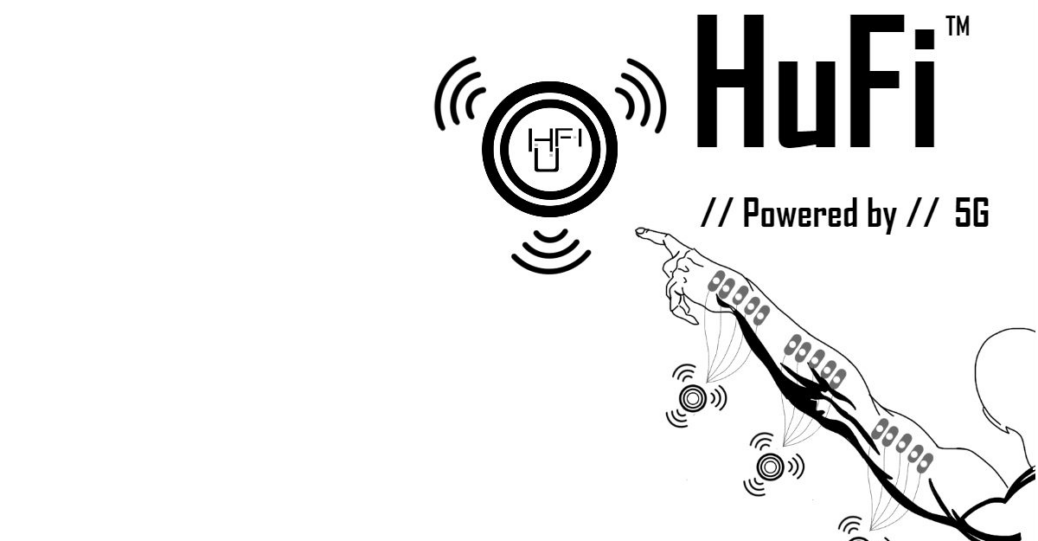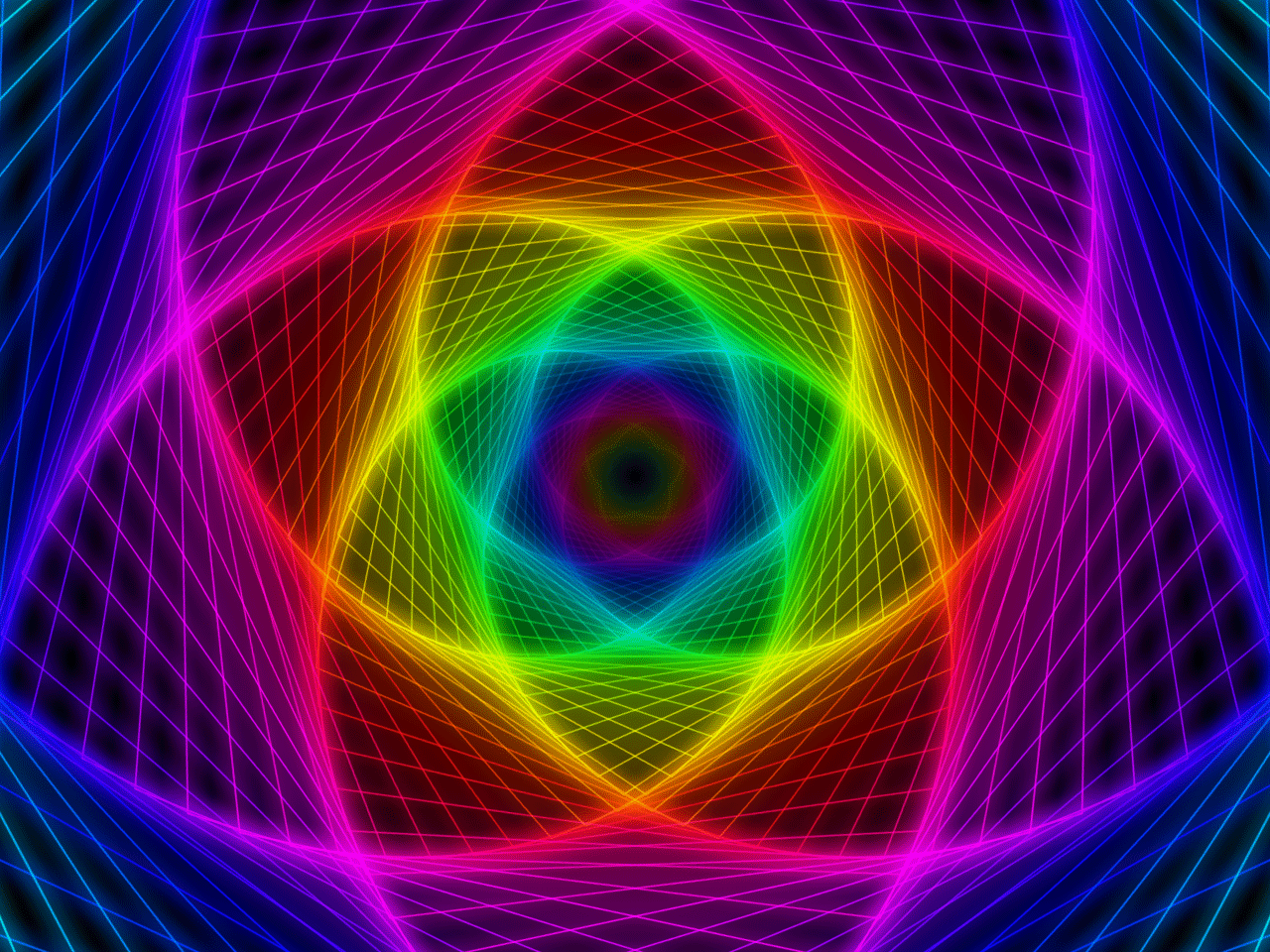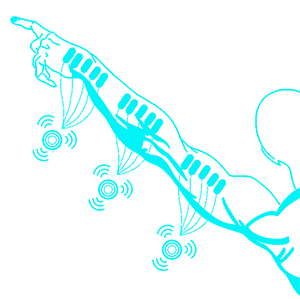
The idea of fabrication being the exoskeleton of our being is not far fetched. How will the law and civilization adapt to our ultimate “mergence”?
Most simply, the posthuman can be defined as that condition in which humans and intelligent technology are becoming increasingly intertwined. More specifically, the posthuman is a projected state of humanity in which unlocking of the information patterns that those who believe in the posthuman say make us what we are—will shift the focus of humanness from our outward appearance to those information patterns.
Thus, the focus will be on function rather than form: humanness will be defined by how a species operates—in other words, whether it processes information like a human, is sentient, empathic, intelligent, and such—rather than how it looks.
Humans and machines will be effectively merged, since differences in appearance will be meaningless (as Katherine Hayles puts it in her book How We Became Posthuman, bodies will essentially become fashion accessories). And, increasingly, some argue that this will also elide differences between humans and other species, as well. In fact, it already has, to some extent. A group called The Nonhuman Rights Project has recently won rights of legal personhood for certain great apes. Thus the posthuman naturally undermines human exceptionalism.
The transhuman is the project of modifying the human species via any kind of emerging science, including genetic engineering, digital technology, and bioengineering. Transhumanists already use implants to modify their body and seek to also modify human longevity, brain power, and senses. The focus is on using prosthetics and other modifications to enhance, rather than compensate for, normal human functions.
- CRISPR Patents! And the Winner IS! - October 9, 2018
- Is it Possible to Patent Your Genome? - November 21, 2017
- “Mergence” How Will Human Fidelity Affect Posthumans? - February 8, 2016






















